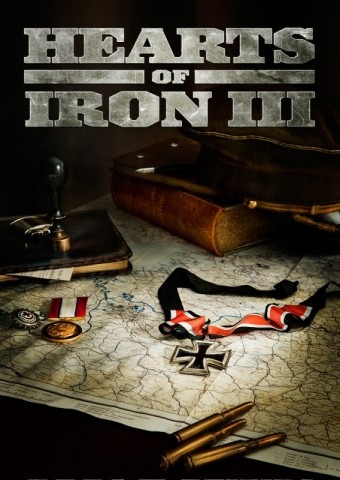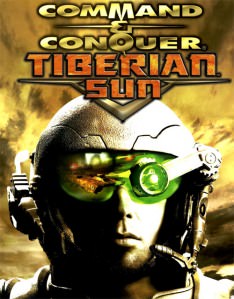
Red Alert is developed by the game studio Westwood and published by Electronic Arts in 1996, a year after C&C was released. EA released the game again in 2008 as freeware to promote Red Alert 3. Two expansion packs have been released for this game, The Aftermath and Counterstrike, but I won't be reviewing those expansions.
The Allied-campaign begins with a lot of setbacks: Eastern Europe has been taken over by the USSR and so have large parts of Germany; and Einstein has been imprisoned. With the help of Tanya Adams, you rescue Einstein. Einstein gives the allies all sorts of useful information about the Soviets super weapon. An Iron Curtain and submarine production base are destroyed by you and finally a turning point in the war is insight. But then a horrible discovery is made: the Russians developed a new super weapon: the nuclear bomb. Oh yes, because the WWII never occurred the USA never developed the thing. Russia had all the time in the world to develop the weapon of mass destruction. But the end of the allies is not insight because they rush towards Moscow. In the aftermath of the battle that followed, when searching the roubles of Moscow Stalin was found. But, a general of the Allies, Stavros, convinced the soldier who found him to behave like nothing had happened. They put a clot in his mouth and leave him to die.

The story of Red Alert begins with a small intro when you first start the game. In this intro you see a man travelling back in time to kill Hitler. This man is Albert Einstein, though it’s being kept a secret to you at the beginning. Einstein wanted to prevent the bloodshed and the huge loss of life. So with Hitler out of the way, the WWII never occurred. But one thing didn’t disappear: the USSR. It still remained a superpower. War breaks out when Stalin dreams of weird visions: the liberation of Europe from corrupt governments. Stalin invades Eastern Europe and the threatened countries of Europe form an alliance to counter the Soviets.
In the Soviet-campaign you battle your way from Eastern Europe to the rest of the continent. You will discover a conspiracy within the military. Gradenko, a field marshal, can’t be trusted anymore because he left information of the Soviets super weapon, the Iron Curtain, on the battlefield. Eventually he will be killed for that by drinking poisoned tea. Stalin will await the same fate after Europe has been ‘liberated’.
The Allied-campaign begins with a lot of setbacks: Eastern Europe has been taken over by the USSR and so have large parts of Germany; and Einstein has been imprisoned. With the help of Tanya Adams, you rescue Einstein. Einstein gives the allies all sorts of useful information about the Soviets super weapon. An Iron Curtain and submarine production base are destroyed by you and finally a turning point in the war is insight. But then a horrible discovery is made: the Russians developed a new super weapon: the nuclear bomb. Oh yes, because the WWII never occurred the USA never developed the thing. Russia had all the time in the world to develop the weapon of mass destruction. But the end of the allies is not insight because they rush towards Moscow. In the aftermath of the battle that followed, when searching the roubles of Moscow Stalin was found. But, a general of the Allies, Stavros, convinced the soldier who found him to behave like nothing had happened. They put a clot in his mouth and leave him to die.
So far the story of the game itself. The graphics in Red Alert look almost similar to those of C&C, but slightly better, but only slightly. It looks somewhat rougher, it gives a sensation that the camera is put very close the battlefield. The awesome sound of infantry dying has been modified a bit, but still something to enjoy. The units of the Soviets have a somewhat Russian accent that’s hilarious. Explosions of buildings are awesome, you get the feeling that the entire building went up in flames.
You don’t gather Tiberium in this game but you harvest finite recourses, consisting of gold and crystals, but in some levels there are pits that spit out gold. You’d normally get some special resources that look like gems, that give twice the amount of credits. Base building isn’t like C&C but more like Tiberium Sun. You start from a central Construction Yard but you don’t have to connect your buildings to the Yard. The allies have special buildings that are used as fakes and are fast and cheap to build.
Both factions have different units, but all come together to a single concept. Light tanks, heavy tanks, aircraft, naval units and of course, infantry. The Russians have the almost almighty Mammoth tank. The allies don't really have a special tank, that comes with the expansions.
In the end, I had lots of fun playing this game. The graphics aren’t that bad, effects like explosions are great to hear and to see and the different campaigns shows you two sides of the game. So if you want this game, try to dig it up somewhere or buy The First Decade.












